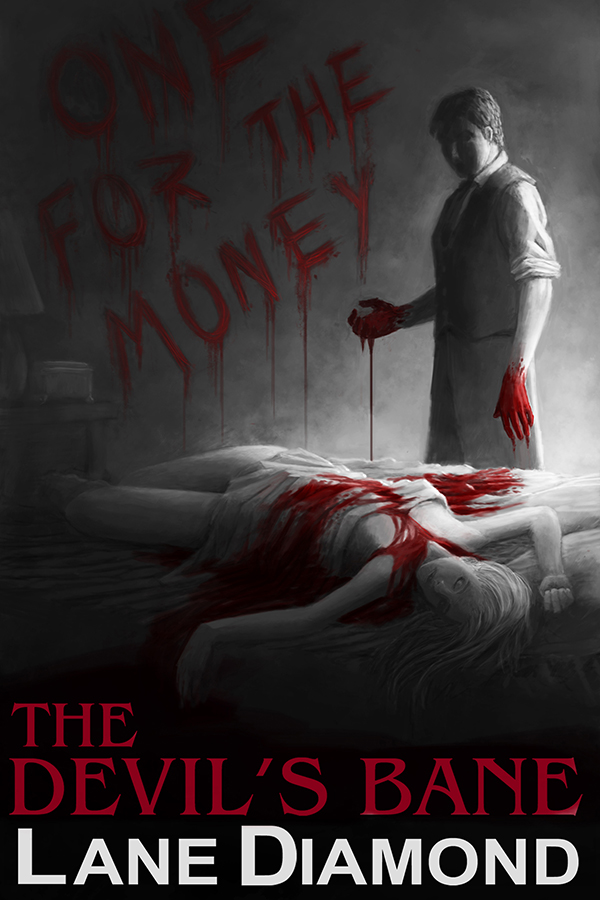THIS POST IS FOR WRITERS:
When your characters speak, allow your readers to hear and see them.
(Note: If you haven’t read my article, Dialogue Tags vs. Action Leads/Inserts – Part 1, I recommend you do so before continuing with this one.)
In the aforementioned first installment of this series on dialogue, I said I would address the issue of ensuring that the reader hears and sees the dialogue as it occurs. All righty then… here we go.
First, let me remind you of the key passage from that hub:
7) For human beings, communication is as much physical as it is verbal. Picture the conversations you have; you rely on facial expressions and body language to help you interpret the spoken word.
A) If you wish to provide the reader with that image (“show”), do so before the dialogue, where it will be meaningful.
B) If you want us readers to hear a specific tone of voice, or see a specific expression on the character’s face, or feel the character’s emotion, all as she speaks, you must prepare us for that before she speaks.
C) Don’t overdo it. You must strike a reasonable balance between action and dialogue, and if you choose precisely the right words and punctuation, those that convey mood, attitude and volume, you can often drop the inserts altogether. In other words, let the dialogue do as much of its own heavy lifting as possible.
The differences are subtle, but consider this simple example:
BAD: “I’m going upstairs to see if the burglar is still in the house,” Jimmy whispered in the corner of the basement, where he and Susie had gone to hide behind some boxes.
(Note: The real problem here is that Author TELLS us the key emotional elements after the fact. Since the relevant dialogue is over—even if only for a couple of seconds—we’ll no longer hear the whisper, feel the tension, or envision the scene as vividly as we would have had Author reversed the sequence. The character has already spoken the words. It’s too late.)
GOOD: Jimmy and Susie had gone to the basement to hide from the intruder, and they now crouched in the corner behind stacks of boxes. Jimmy whispered, “I’m going upstairs to see if the burglar is still in the house.”
(Note: In this improved version, I SHOW the scene immediately prior to Jimmy’s dialogue. This ensures that the atmosphere will be fresh in the reader’s mind, that she’ll feel the tension as Jimmy speaks. I also place “Jimmy whispered” before the dialogue, to ensure that the reader hears Jimmy’s soft voice as he speaks.)
I’m sure it’s obvious, but allow me to reiterate the key: …as Jimmy speaks….
The key to any successful action, of course, is for Author to establish the details that support and intensify the action before and as it occurs. Most writers understand this, yet many of them ignore that simple rule when providing dialogue. When I edit pieces, I see this mistake far too often.
The human mind functions in a specific manner. In real life, when you witness someone speaking, you infer from both the sound (volume, tone) of his voice and his body language a wide range of details: emotions, attitude, intelligence, veracity. If, on the other hand, you were not present to witness his conversation, but rather hear about it later from a friend who did, your experience (observations, understanding, opinion and feelings) is much weaker.
The same holds true for the written word. Think of those clunky tags tossed onto the end of dialogue as your friend relaying the story of what happened. It’s a weak experience for you.
However, think of the action leads—the scene builders—as the equivalent of you standing there and witnessing the dialogue. They make your experience much more satisfying.
I will illustrate further through a series of simple examples I’ve seen in some pieces I’ve edited. As always, I shall keep authors’ names and story titles confidential to protect the not-so-innocent. [Smile]
BAD: “Was Beast Eater a man of flesh? Did he bleed?” Greld asked as he walked beside Rom.
(Note: This is one of the most common, most boring, most unsatisfying examples of a dialogue tag doing more than it should—and not nearly enough. First, the author uses question marks, but still considers it necessary to tell is that the character asked a question. Second, although you may not know it from just these two sentences, the dialogue comes at a tense moment. The character of Greld is nervous, perhaps frightened, or at least he should be. The problem is that the passage evokes no emotion from the reader, provides no detail to help the reader feel what the character feels.)
GOOD: Greld frowned and fidgeted with his hands as he walked beside Rom. He did not want his friend to think of him as a frightened child, but he could contain himself no longer. “Was Beast Eater a man of flesh? Did he bleed?”
BAD: “Bill,” Jane says, “this is Management.” I hear the tremble in her voice.
(Note: The narrator TELLS us—after the fact—what he heard, rather than allow us to hear it and see it as Jane speaks.)
GOOD: Jane takes a deep breath to control her trembling, but the quiver in her voice remains. “Bill, this is Management.”
BAD: “I’ll let you know all about our heritage when I return,” he said flatly.
(Note: Yikes! Beware the dreaded weak adverb in dialogue tags. Remember what I said earlier about mimicking real life situations.)
GOOD: He smirked and grunted. “I’ll let you know all about our heritage when I return.”
BAD: “You didn’t have to break the damn door!” Ralph said. He croaked the words like a frog and his eyes swirled as he focused on Ed.
“I knocked,” Ed said innocently and shrugged. “Your hangover is amplifying the sound.”
(Note: For the character of Ralph, Author provides the details too late for us to hear, at the very least. Even the part we see would have been better had we seen it sooner. For the character of Ed, say it with me now, “Yikes!”)
GOOD: Ralph’s eyes swirled as he tried to focus on Ed. He croaked like a frog, “You didn’t have to break the damn door!”
Ed shrugged and rolled his eyes. “I knocked. Your hangover is amplifying the sound.”
‘Til next time, remember this: Writing well is not easy. It takes work. You mustn’t be lazy.





Please follow me here: